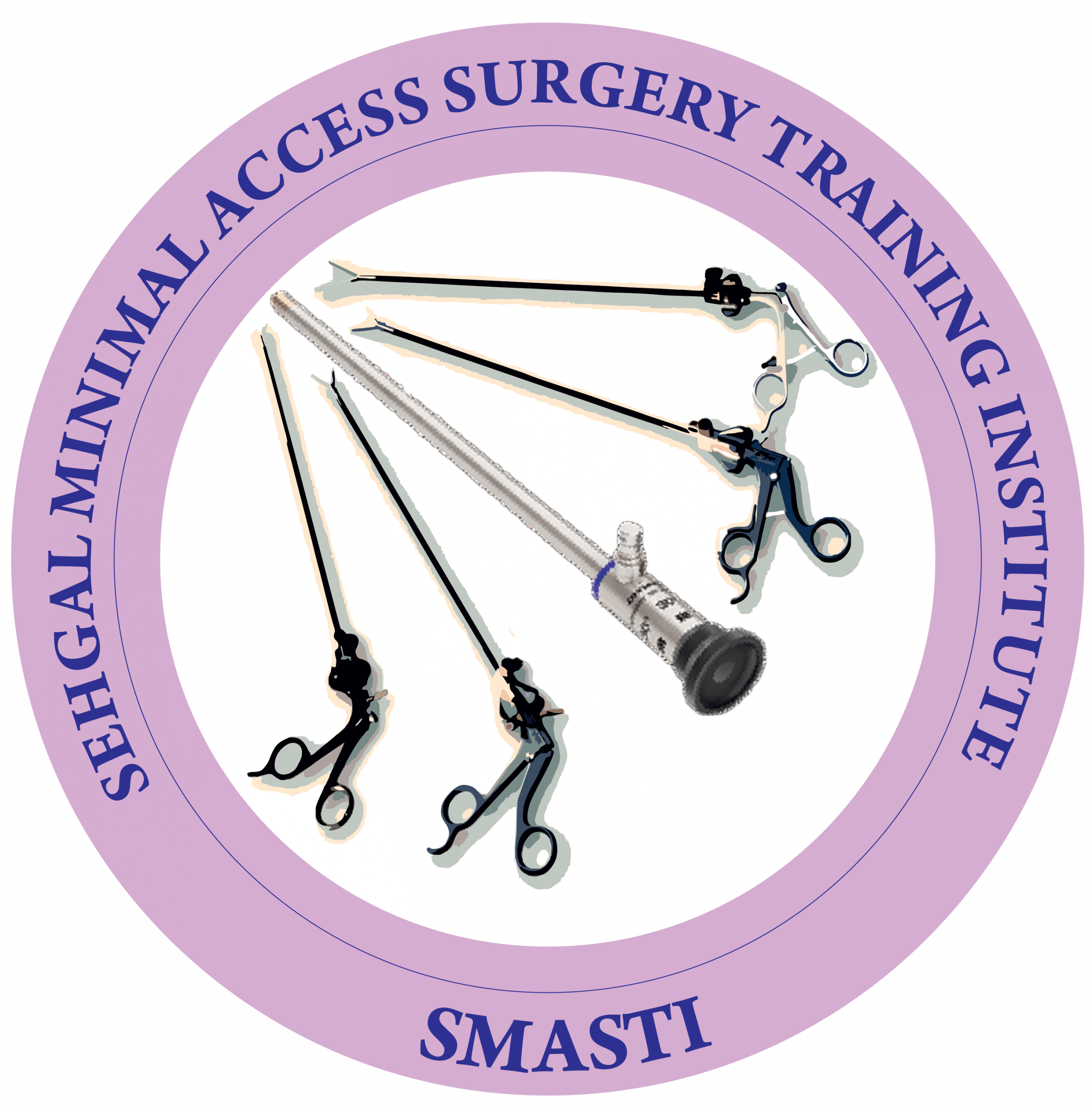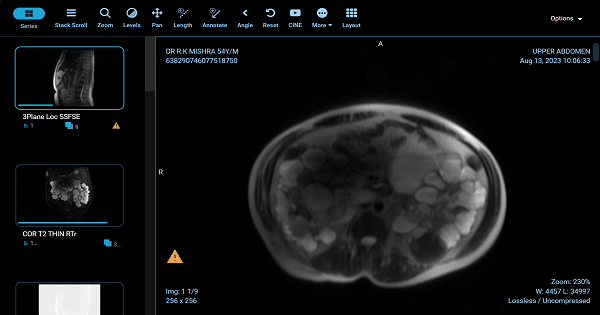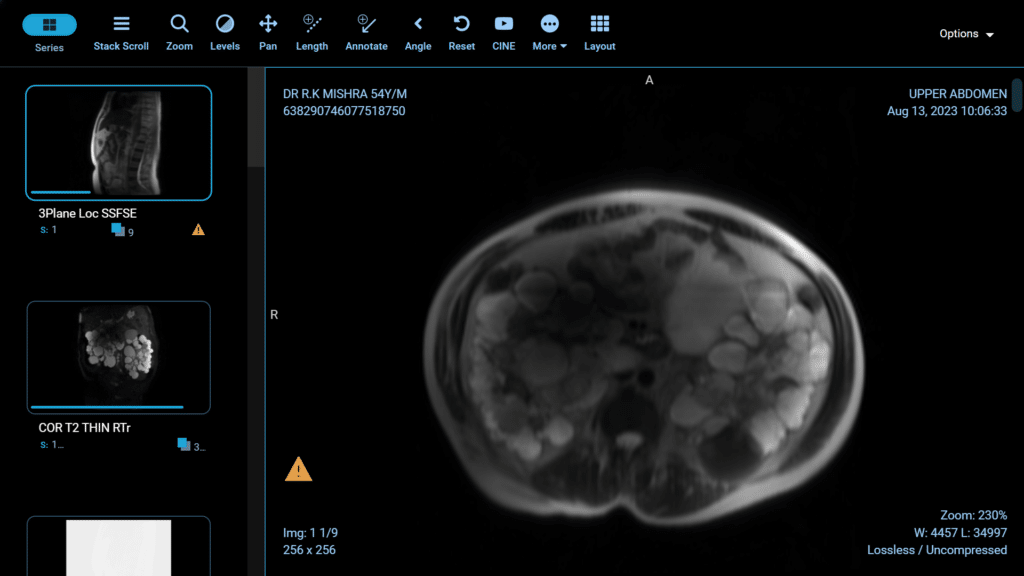
Introduction
Polycystic Kidney Disease (PKD) is a genetic disorder characterized by the formation of fluid-filled cysts in the kidneys, which can lead to renal failure if left untreated. Fortunately, recent advancements in medical science have paved the way for more effective treatments and improved the quality of life for those affected by this condition. In this article, we will explore some of the groundbreaking innovations in PKD treatment.
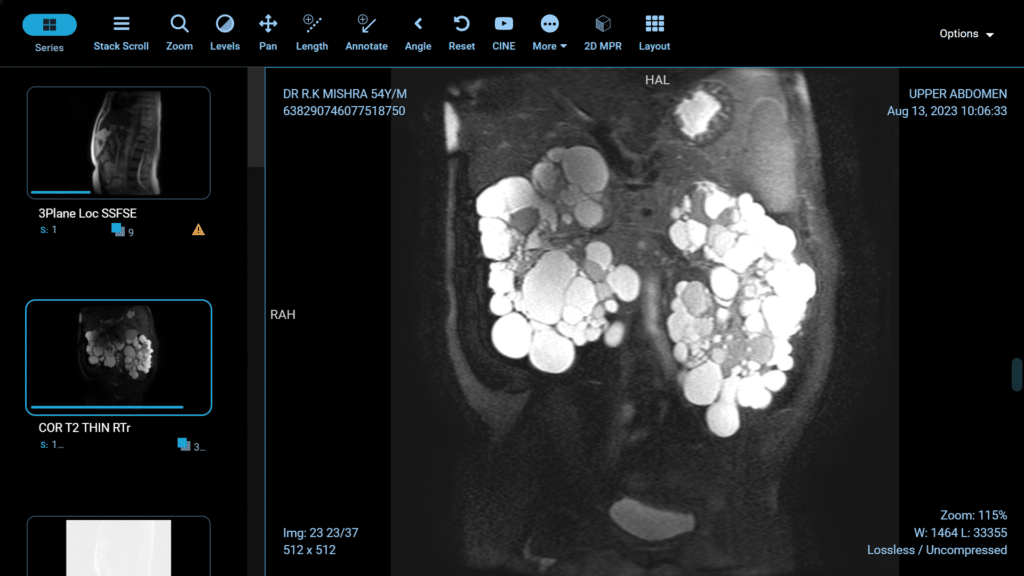
Targeted Therapies
One of the most exciting recent developments in PKD treatment is the emergence of targeted therapies. Medications such as tolvaptan have shown promise in slowing down the progression of the disease by specifically targeting the underlying mechanisms that lead to cyst formation. Tolvaptan works by blocking the action of a hormone called vasopressin, which plays a key role in cyst growth. This approach has provided hope for patients by offering the potential to delay the need for kidney transplantation.
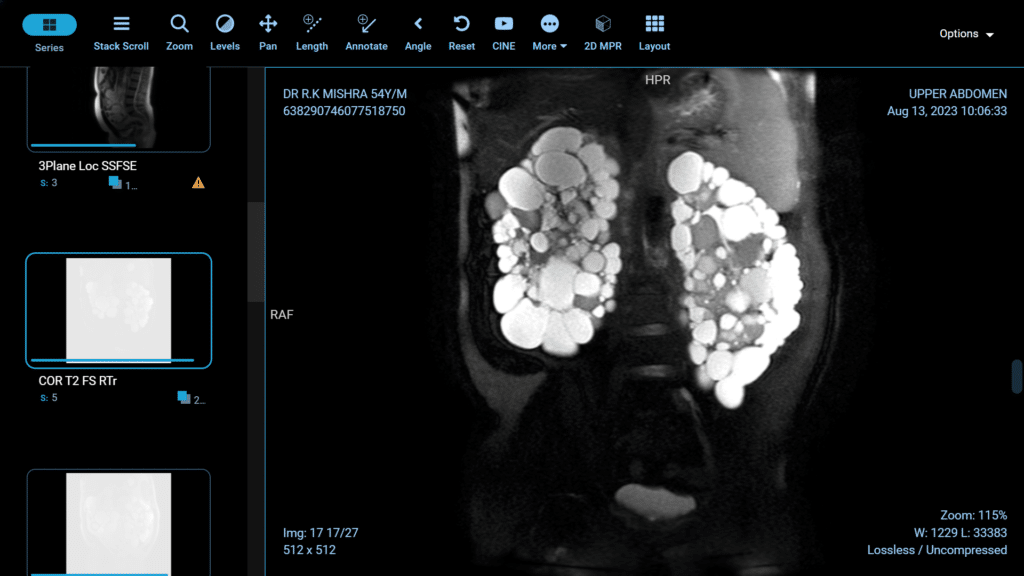
Minimally Invasive Surgical Techniques
Surgical intervention is often required in advanced cases of PKD, and recent innovations in surgical techniques have made these procedures less invasive and more effective. Laparoscopic and robotic-assisted surgeries allow for smaller incisions, reduced pain, shorter hospital stays, and quicker recovery times. These advancements have significantly improved the overall experience for PKD patients undergoing surgery.
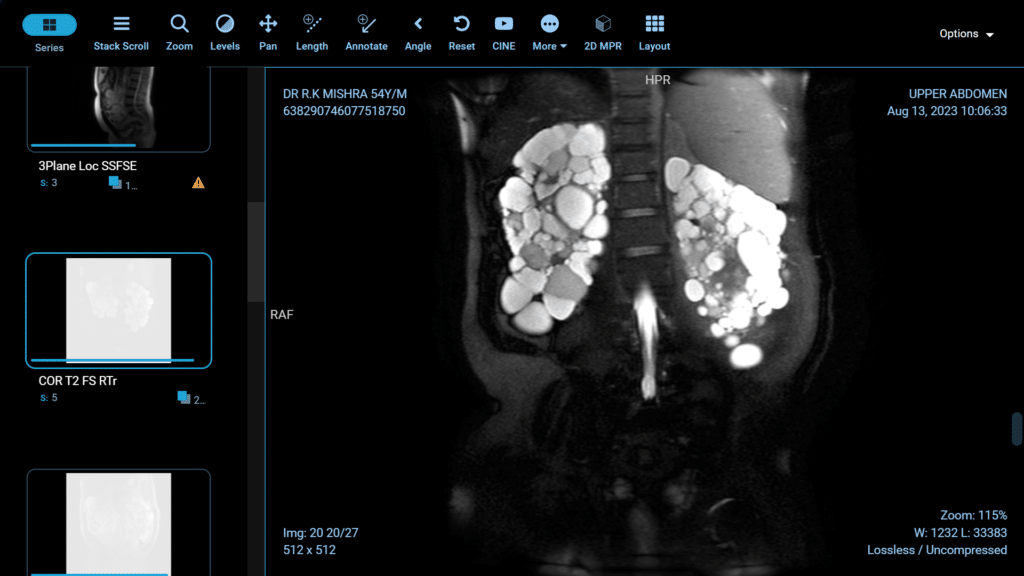
Personalized Treatment Plans
Advancements in genetic testing and precision medicine have enabled healthcare providers to create personalized treatment plans for PKD patients. By analyzing a patient’s genetic makeup and the specific genetic mutations causing their PKD, doctors can tailor therapies to target the root causes of the disease. This approach increases the likelihood of treatment success and minimizes side effects.
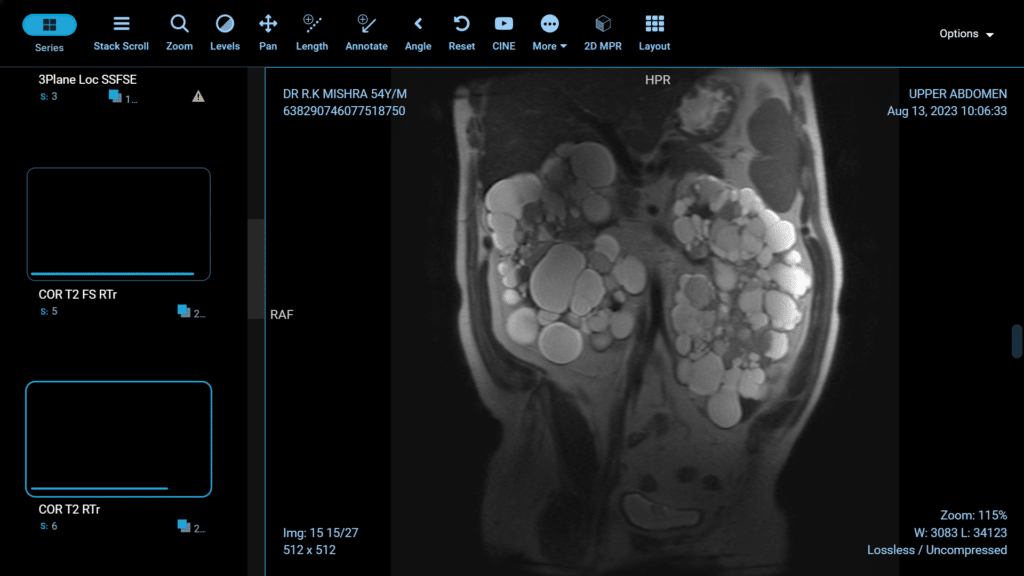
Supportive Therapies
PKD doesn’t just affect the kidneys; it can have a range of systemic effects, including high blood pressure and complications in other organs. Recent innovations in supportive therapies address these issues, improving the overall health and well-being of PKD patients. Medications to manage blood pressure, for instance, can help reduce the risk of cardiovascular complications associated with PKD.
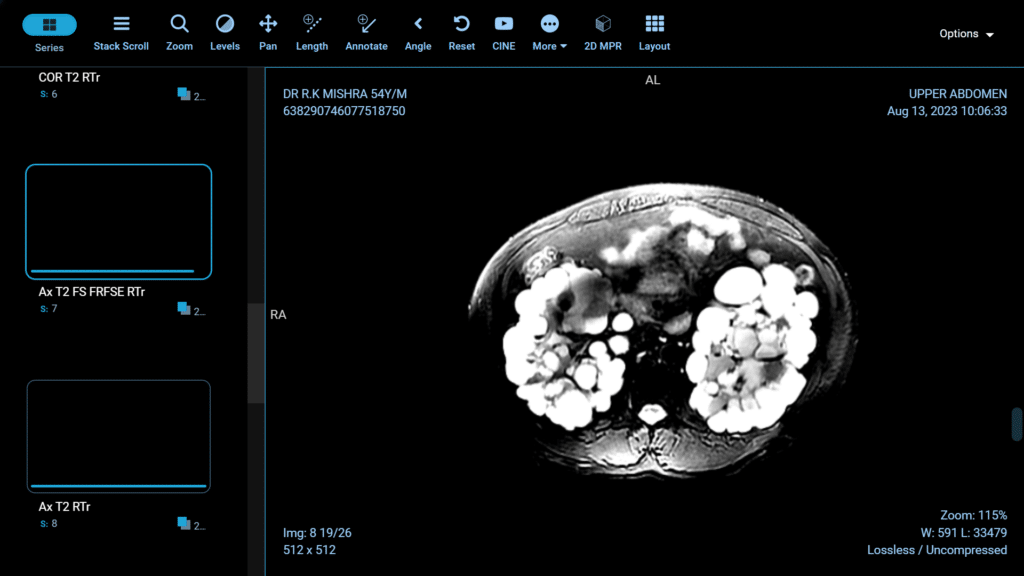
Research into Gene EditingThe field of gene editing, notably through techniques like CRISPR-Cas9, holds tremendous promise for PKD treatment. While still in the experimental stage, research into gene editing aims to correct the genetic mutations responsible for PKD. Although it may take some time before gene editing becomes a viable treatment option, the potential to cure PKD at its source is an exciting prospect.
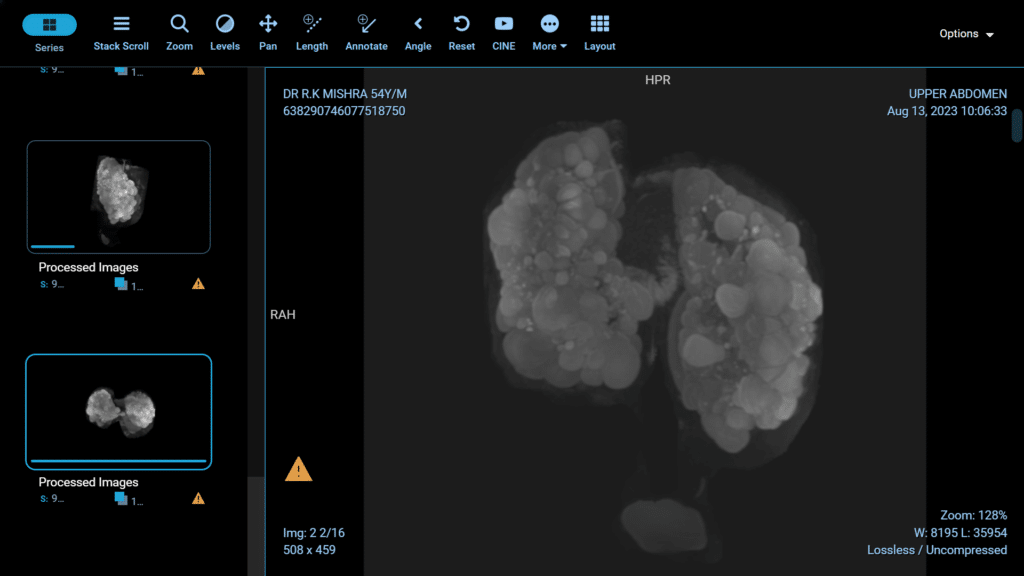
Recent innovations in the treatment of Polycystic Kidney Disease are bringing hope to countless individuals and families affected by this challenging condition. Targeted therapies, minimally invasive surgeries, personalized treatment plans, supportive therapies, and ongoing research into gene editing are all contributing to more effective treatments and improved outcomes for PKD patients. As research continues to advance, we can look forward to even more promising developments in the quest to better manage and ultimately cure this genetic disorder.
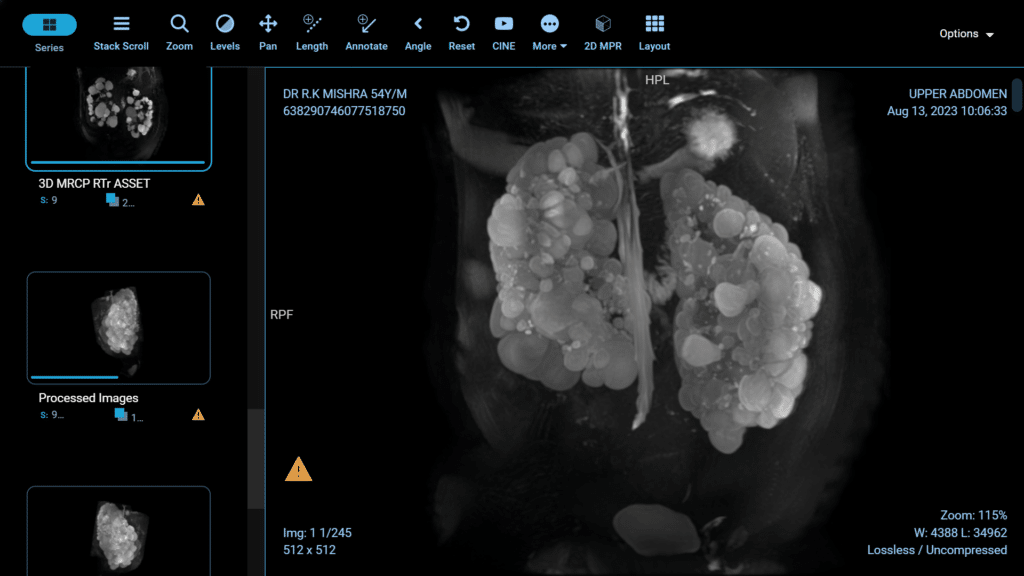
Foam Sclerotherapy
Foam sclerotherapy is a medical procedure that involves injecting a specialized foam directly into kidney cysts. The foam is made by mixing a liquid sclerosing agent, typically a solution of alcohol or polidocanol, with air or gas to create a stable, persistent foam. This foam is then injected into the cyst through a thin needle under ultrasound or CT guidance.
Mechanism of Action
The success of foam sclerotherapy lies in its ability to cause intentional injury to the cyst lining, promoting inflammation and scarring. This process leads to the collapse and sealing of the cyst, preventing further fluid accumulation and reducing the cyst’s size.
Benefits of Foam Sclerotherapy for Kidney Cysts
Minimally Invasive: Foam sclerotherapy is a minimally invasive procedure, which means it typically requires only a small incision or needle puncture. This reduces the risk of infection, pain, and complications associated with more invasive surgical procedures.
Preservation of Healthy Kidney Tissue: Unlike some other treatments, foam sclerotherapy specifically targets the cyst, leaving the surrounding healthy kidney tissue intact. This is particularly important for individuals with only one functioning kidney.
Short Recovery Time: Patients usually experience a relatively short recovery period after foam sclerotherapy. Hospitalization is generally not required, and patients can return to their normal activities relatively quickly.
Potential for Multiple Cysts: Foam sclerotherapy can be used to treat multiple cysts in one or both kidneys during a single procedure, reducing the need for multiple interventions.
Pain Reduction: Many patients experience relief from pain and discomfort associated with kidney cysts after foam sclerotherapy.
Future Directions and Considerations
While foam sclerotherapy holds promise as a treatment option for kidney cysts, it is essential to recognize that more research and clinical trials are needed to establish its long-term efficacy and safety conclusively. Additionally, patient selection criteria, the optimal sclerosing agent, and the best technique for foam generation are areas of ongoing investigation.
Conclusion
Kidney cysts can be a source of significant discomfort and health concerns. Foam sclerotherapy represents an exciting advancement in the treatment of kidney cysts, offering a minimally invasive approach that preserves healthy kidney tissue, reduces pain, and enables a quicker recovery. As research and clinical experience continue to accumulate, foam sclerotherapy may well become a mainstream option for managing kidney cysts, improving the quality of life for countless individuals living with this condition. Nevertheless, it is crucial to consult with a healthcare provider to determine the most appropriate treatment approach for each individual case.
